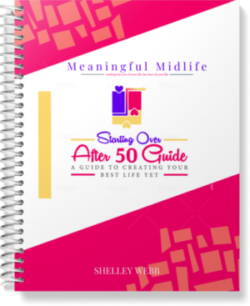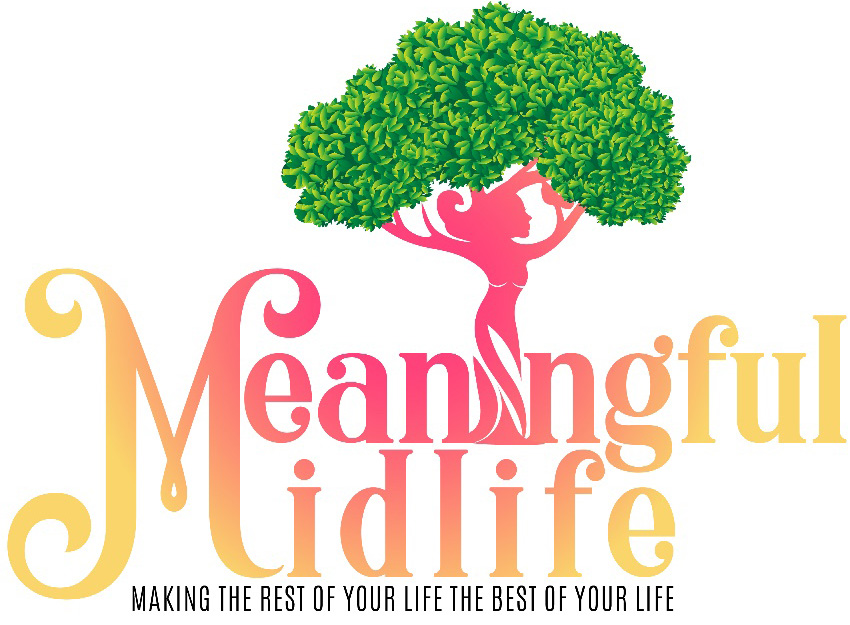September 15th
The Importance of Movement for the Elderly
I know personally how important the engagement in movement is for anyone who is experiencing limited mobility. When with the Limon Dance Company, as the General Manager, I was approached by a therapist from the NY Dept of Ed to see if our dancers could work with a group of autistic children. She herself had been a dancer with Alvin Ailey…but had taken classes in the Limon technique and felt the inherent idea of fall and recovery that is the basis of Limon’s work could help young autistic children. Our first response was – not sure – we are not dance therapists…..but she assured us that the appropriate people would be on hand.
If the dancers could, through repetition to music, “pattern” certain movements, help the recipient, (in this case children) receive the idea of the movement into their bodies, the children might be able to release the tension in their bodies through breathing. Then, they might not fear the idea of falling if they felt or knew the use of breath in the fall and recovery and that gravity – while not understanding the concept, but allowing the feeling to enter their body could and did allow them some control. It was a breathtaking experience for us to be a part of, and to
actually see the stiff bodies of these beautiful young children begin to relax made it clear to me that movement – in dance and theatre, would be a tool for healing.
When ArtsCare sometimes goes into a facility when most if not all of the residence are in wheelchairs, dancers will move the residents in their wheelchairs, to music – each in a different pattern, and ask them to move their arms as the dancers create a “dance” with the wheelchair. Just the movement for the resident in a non linear pattern, and asking them to move their arms brought about a huge change in attitude.
see www.artscareus.org
Art is the only way to run away without leaving home.
-Twyla Tharp
LEARN TO LOVE YOUR LIFE AGAIN
 Do you feel like you need to hit the REFRESH button on your life? Download our free guide and begin to create your best life yet!
Do you feel like you need to hit the REFRESH button on your life? Download our free guide and begin to create your best life yet!



I was just contacting the Gabrielle Roth “5-Rhythms” teachers via email…some who have worked in therapeutic settings. Roth herself developed her movement theory while working with mental patients. I reconnected with her husband Robert Ansell today and hope to talk to Gabrielle soon. Thought to have aides learn the theories, and either help move the patients in the correct pattern/rhythm to move them through their agitation or other states…and then perhaps have the patient learn the movement…or just mock the aide. I am thinking that just interacting with the aide doing the correct pattern might be enough to fee the emotion/behavior in the patient.
Carol,
Patterning is a very important part of the therapy process for any brain injury. The hope is that the repetitive movement will stimulate the area of the brain the controls that movement. I think that interaction with the aide will do great things for all involved – it will allow bonding between the three people – the aide or therapist, the patient and the care giver. That begins to break down the wall between the roles and allows each of you to feel comfort when working together.
Maryellen